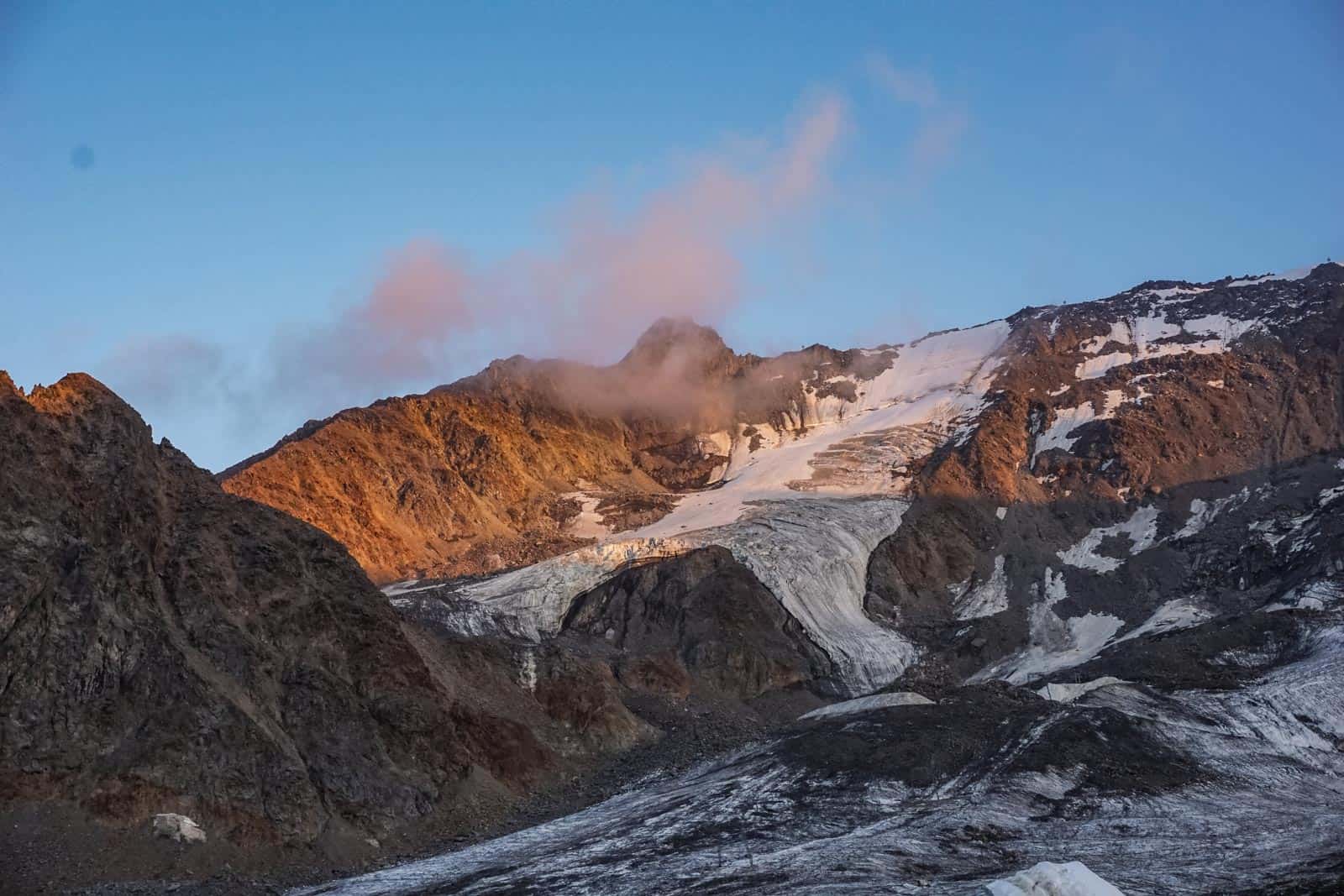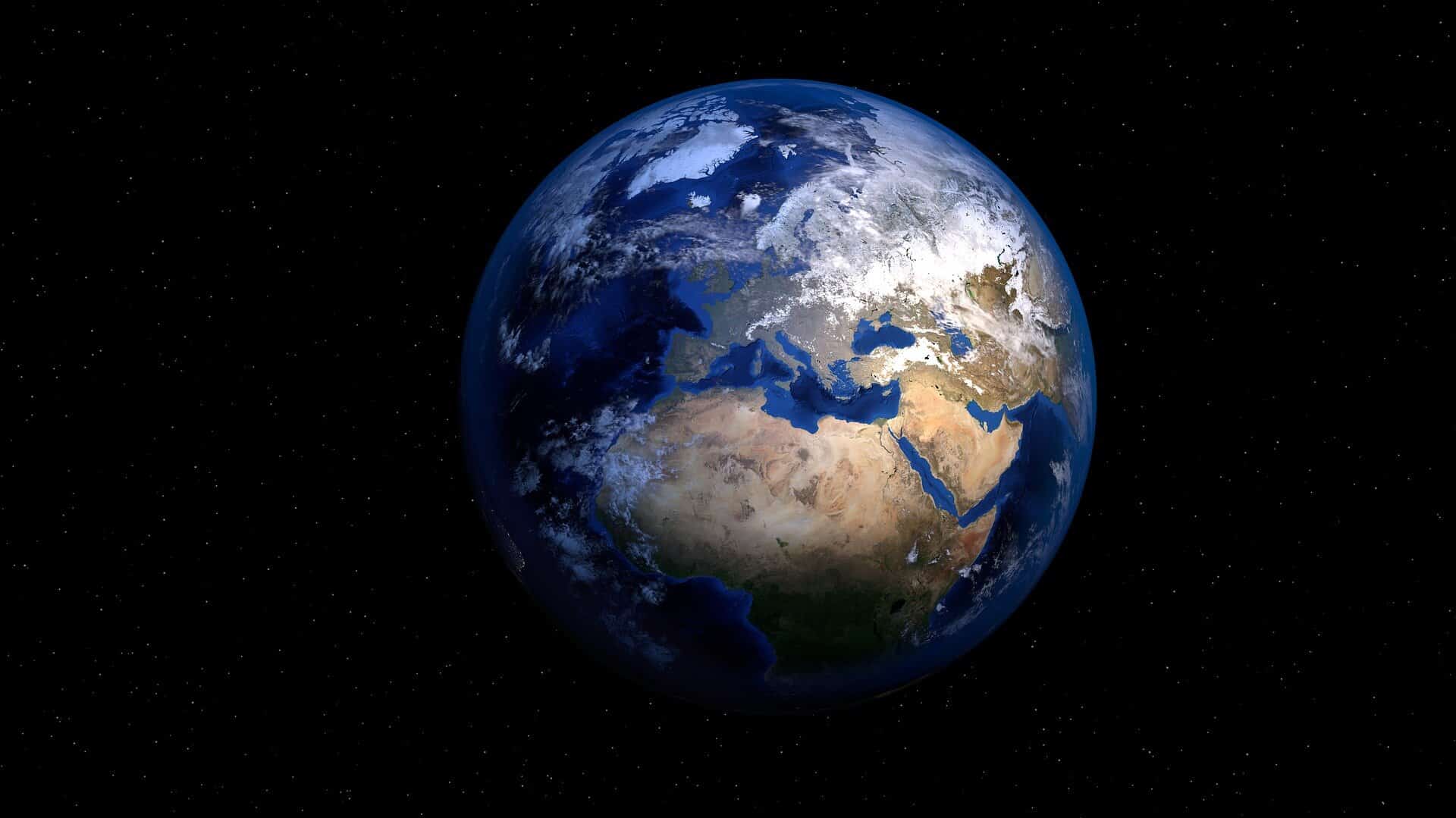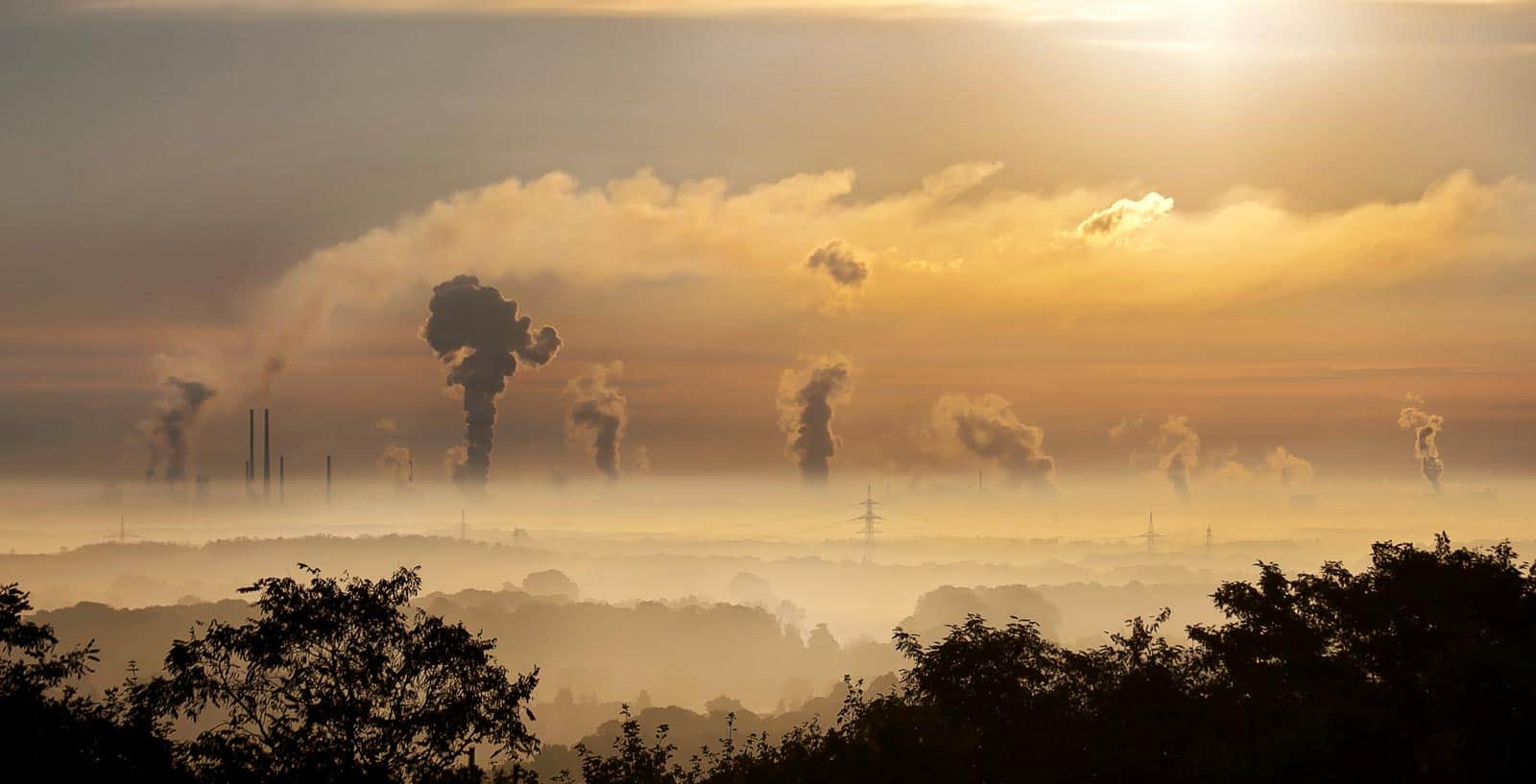Wilderness book club: Timefulness by Marcia Bjornerud
Marcia Bjornerud’s book ‘Timefulness: How Thinking Like a Geologist Can Help Save the World’ is a geologist’s love letter to the Earth. In these challenging times, it suggests that we develop a habit of time awareness and find our place in time in regards to the past and the future.
Deep Time
Early in an introductory geology course, one begins to understand that rocks are not nouns but verbs — visible evidence of processes: a volcanic eruption, the accretion of a coral reef, the growth of a mountain belt. Everywhere one looks, rocks bear witness to events that unfold over long stretches of time. Little by little, over more than two centuries, the local stories told by rocks in all parts of the world have been stitched together in a great global tapestry — the geologic timescale.

A geologist sees rocks and landscapes not as objects but as processes. ‘Palimpsest’ is the word Marcia uses to describe this layering: a writing surface on which the original text has been effaced or partially erased and then overwritten by another. The process of deciphering, however, isn’t smooth or fast. The determination of the Earth’s age brought about conflicts between different individuals and branches of science. Yet it was their cooperation and the appearance of new research methods in the end that helped to create the geologic time scale. At first, it was only possible to determine the relative age of rocks. The relative age of a rock is its age in comparison with other rocks. This way you know which rock layer is older and which is younger, but you do not know how old the layers are in years. Relative dating puts geologic events in chronological order without requiring a specific numerical age. The discovery of radioactive decay created a new method to determine the absolute age of rocks through radiometric dating. Absolute dating methods provide chronological estimates of the age of geological materials and even direct age measurements of the fossil material itself. The development of plate tectonics and the research of oceanic crust resulted in another method for the demarcation of geologic time. The geomagnetic polarity time scale uses the orientation of the Earth’s magnetic field, which has changed through time, to determine ages for fossils and rocks. Marcia Bjornerus gives a thorough and compelling introduction to the compilation of Earth’s Chronicles.
Paces of life
The accumulation of knowledge and opportunity to observe geologic processes in the outermost shell of the earth in real-time uncovered a wide range of the Earth’s paces: from gradual changes to episodic disasters. It appears that our planet isn’t so stable and uniform as it was thought before: it’s able to change rather quickly and drastically. There are different examples of that given in the book. The atmosphere is one of these. Although it is crucial for our survival, it hasn’t always been so hospitable. In fact, research indicates that our atmosphere is the 4th version of the Earth’s upper layer. A huge role in the creation of the current atmosphere and the evolution of life as we know it today was played by cyanobacteria in the Great Oxidation Event. These photosynthetic microbes changed the geochemistry of our planet and caused the extinction of many existing anaerobic species on Earth. It was also microscopic species that survived through 5 other massive extinctions and still represent half of the Earth’s biomass. Going through the rich history of our planet Marcia touches upon both the periods of stagnation and the rapid changes it has undergone. Sometimes the game rules changed so quickly, that some of the participants had to leave the stage. Mass extinction events may differ in circumstances and victims, but they also have some disturbing similarities: accompaniment by climate change and rapid warming, disruption of the carbon cycle and changes in atmospheric carbon content, changes in the chemical composition of seawater and increase in acidity. Most importantly, none of them can be traced to one particular reason. Rapid changes in the geological system of one kind caused side effects in others. Mammals and humans may have benefited through the mass extinction of other life forms, but for how long?
Anthropocene
The International Commission on Stratigraphy is currently deciding on the inclusion of the Anthropocene into the geologic time scale. There are more than enough arguments for that: erosion and sedimentation growth, sea-level rise, change of chemical composition of the world ocean, species extinction rates and, of course, unprecedented levels of carbon dioxide in the atmosphere. Most geologists agree on the official status of the Anthropocene. Disagreements concern the beginning of the epoch, whether it should have a defined layer as other geological epochs or a specific year should be chosen. The Anthropocene is yet another example of how quickly geologic changes can take place. Climate is getting more and more unpredictable, undermining all the assumptions of stability. Historical climatology indicates the coincidence of periods of instability with periods of climate deviations. We are highly sensitive to the smallest changes in the weather and yet we launch even more massive and unpredictable ecological changes. The book expands on positive feedback loops accelerating climate change and examines proposed technological solutions with no conclusive guarantees found in them. So the question is should we strive to control nature when we can’t even control ourselves? A geologist’s professional advice is to start with an understanding of our place in time, our dependence on it. Instead of the timelessness of consumer culture, we should try timefulness. The book is more than explicit in showing multiple reasons and possibilities to do so.
Fathoming deep time is arguably geology’s single greatest contribution to humanity. Just as the microscope and telescope extended our vision into spatial realms once too minuscule or too immense for us to see, geology provides a lens through which we can witness time in a way that transcends the limits of our human experiences.

Implementing a geologist’s way of seeing can give us some perspective on our role in the Earth’s history and may indeed help us save the world and ensure our own survival. The author shares one particular moment from her student field camp that happened to be an eye-opener for her. They have come upon a rich deposit of tourmaline crystals and she wanted to take one for her personal collection. One unfortunate hammer’s blow and the ancient stone was destroyed. Speaking about life flashing before your eyes, in this case a third of the Earth’s history flashed before geologist’s eyes. Isn’t this an insightful image to ponder on?







